Exploring the Luxurious World of Silk: Unveiling its Types and Elegance
Silk, an epitome of luxury and elegance, has been cherished for centuries for its soft texture, sheen, and remarkable durability. This exquisite fabric, woven from the threads of silkworms, holds a special place in the history of textiles.
From ancient emperors to modern fashionistas, silk's allure remains timeless. In this blog, we will delve into the captivating realm of silk, understanding its origin, production process, and various types that grace the world of fashion and design.
The Origin and Production Process of Silk
Silk's story begins in ancient China, where its discovery is often attributed to the Empress Leizu around 2700 BCE. Legend has it that she uncovered the secret of silk production when a cocoon fell into her tea, unraveling its delicate threads. This marked the inception of sericulture, the process of cultivating silkworms and harvesting their cocoons.
The ancient Chinese closely guarded the secrets of sericulture for centuries, allowing them to monopolize silk production. It was considered so precious that exporting silkworms or eggs was punishable by death.
However, in time, the art of sericulture spread along the Silk Road, contributing to cultural exchanges between East and West.
The production of silk involves several intricate steps. It starts with the cultivation of silkworms, primarily the Bombyx mori species. These worms feed on mulberry leaves and spin cocoons made of a protein called fibroin. The silkworm undergoes several molts as it grows, shedding its skin to accommodate its increasing size.
Once the cocoons are formed, they are carefully boiled to soften the sericin, a natural adhesive, making it easier to unwind the silk threads. The delicate threads are then twisted together to create silk yarn, which serves as the foundation for various types of silk fabrics.
Types of Silk
1. Mulberry Silk
The most prevalent and luxurious type of silk, mulberry silk, is obtained from the Bombyx mori silkworm. Known for its lustrous appearance and smooth texture, mulberry silk is favored for high-end clothing and accessories. It's a versatile fabric that can be easily dyed, resulting in vibrant and rich colors. The intricate weaving process further enhances its natural sheen, making it a beloved choice for evening gowns, scarves, and ties.
2. Tussar Silk
Also known as "wild silk," tussar silk originates from the Antheraea genus of silkworms. Unlike mulberry silk, tussar silk is produced from the cocoons of silkworms found in the wild, often feeding on trees like oak and sal.
Tussar silk has a more textured and matte finish, making it a popular choice for both traditional and contemporary attire. This type of silk embodies a rustic charm that captures the essence of nature.
3. Eri Silk
Eri silk, commonly known as "peace silk" or "ahimsa silk," is unique due to its cruelty-free production process. The silkworms are allowed to complete their life cycle and leave the cocoon before the silk is harvested.
This ethical approach makes eri silk a preferred choice for eco-conscious consumers. The fabric has a natural beige color and a slightly coarse texture, lending it a rustic charm. Eri silk is often used to create comfortable and breathable garments.
4. Muga Silk
Hailing from the state of Assam in India, muga silk is renowned for its natural golden hue and durability. The silkworm, Antheraea assamensis, feeds on aromatic leaves, resulting in its distinct color.
Muga silk is often woven into traditional Assamese attire and is highly valued for its longevity and sheen. This type of silk ages beautifully, with its color and texture improving over time.
5. Spider Silk (Synthetic)
While not obtained directly from spiders, synthetic spider silk is inspired by the remarkable properties of spider silk threads. It is being developed through advanced biotechnology, with potential applications in various industries, including textiles, medicine, and aerospace.
The synthetic counterpart aims to replicate the strength and elasticity of natural spider silk, offering a glimpse into the future of sustainable materials.
The Cultural Significance of Silk
Beyond its aesthetic appeal, silk holds cultural significance in many societies. In ancient China, silk was not just a fabric; it was a symbol of status and power. The Silk Road, a network of trade routes, facilitated the exchange of silk, along with other valuable goods, between the East and the West. This cultural interchange influenced art, fashion, and even culinary traditions.
In India, silk is deeply intertwined with religious and ceremonial practices. Traditional Indian attire, such as sarees, often feature intricate silk weaves that reflect the country's rich heritage. In Japan, the art of silk dyeing, known as "shibori," has been perfected over centuries, resulting in exquisite patterns that transform silk into wearable art.
The Modern Relevance of Silk
In the modern era, silk continues to captivate designers, artisans, and consumers alike. The sustainable fashion movement has shed light on the environmental impact of textiles, prompting the exploration of alternatives to conventional silk production.
Ahimsa silk, with its ethical approach, aligns with the values of conscious consumers, offering an eco-friendly option that doesn't compromise on elegance.
The integration of technology into textiles has also led to innovative developments. Researchers are exploring ways to produce silk without relying on silkworms, paving the way for lab-grown silk that combines the luxurious attributes of natural silk with a reduced ecological footprint.
Conclusion
Silk, with its rich history and diverse types, continues to be a symbol of luxury and refinement. From the elegant luster of mulberry silk to the earthy allure of tussar silk, each variety offers a unique experience. Whether you're looking for a classic wardrobe staple or a statement piece, the world of silk has something to offer. As you run your fingers through its smooth threads, remember that silk is not just a fabric—it's a testament to the artistry of nature and human creativity.
In an age where technology constantly advances, silk remains a connection to our past, reminding us of the intricate craftsmanship that has stood the test of time. As you wear silk, you carry forward a legacy that has transcended generations, making every piece not just a garment, but a piece of history.
So, embrace the elegance, indulge in the luxury, and let the story of silk weave its magic into your world. The journey of silk, from the cocoon to the loom, is a celebration of human ingenuity and the beauty of the natural world.

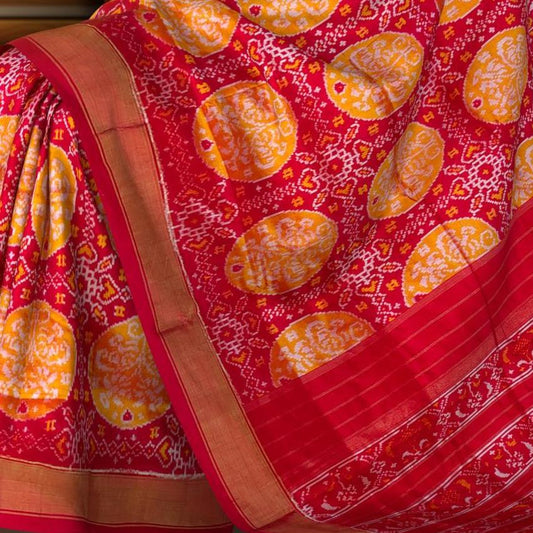
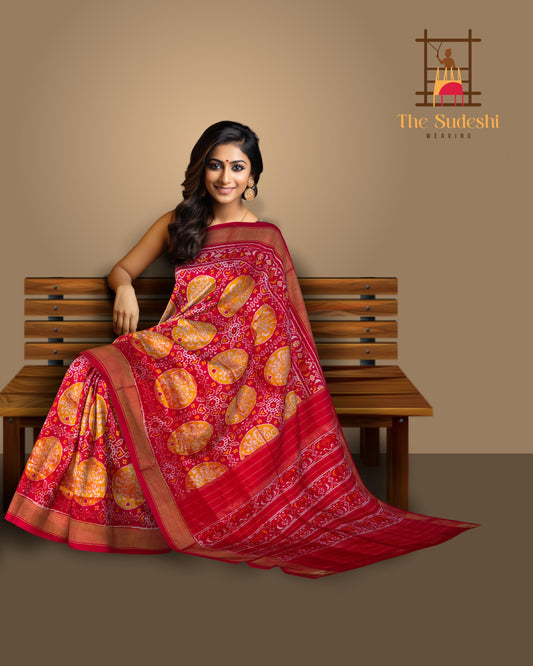
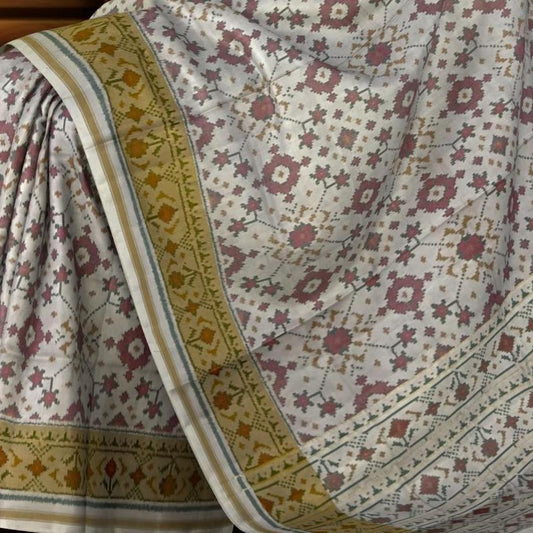
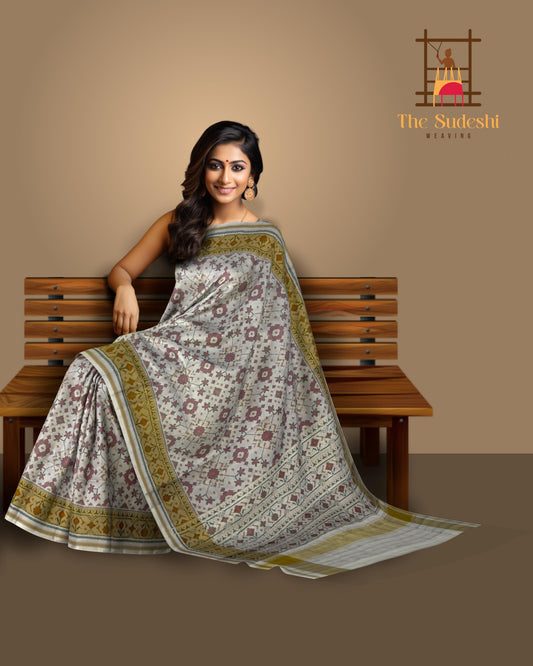
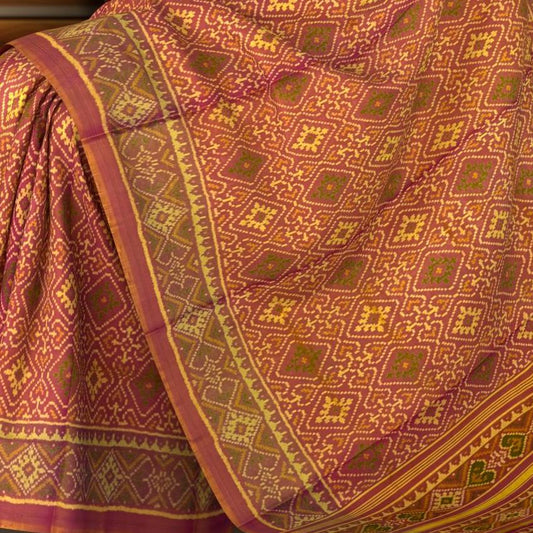
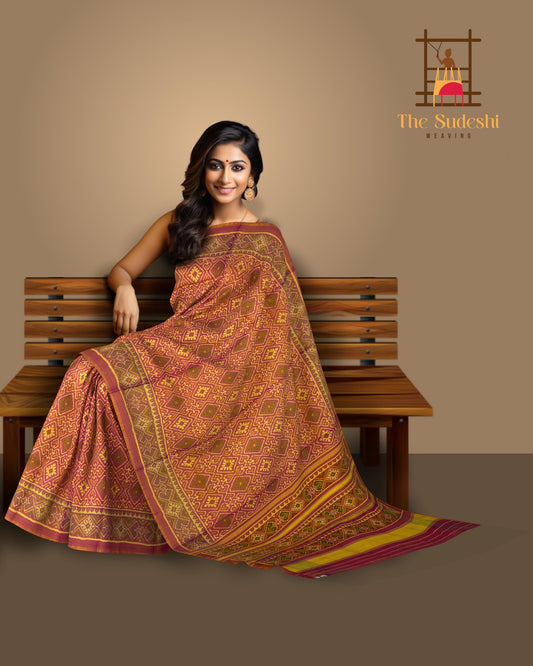
Leave a comment
Please note, comments need to be approved before they are published.